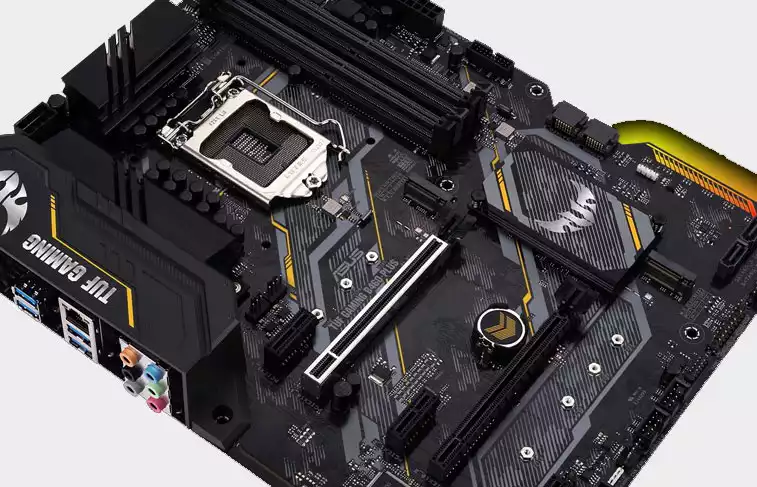In a sense, overclocking a CPU is a free performance boost if the cooling scheme and motherboard are up to the task. A cooperative CPU is also needed; if you are building an Intel system, this means getting a K-series chip like the Core i9 10900K instead of the regular 10900. At least that was the case before motherboard manufacturers discovered how to make locked non-K processors run at higher clock speeds than other processors.
Before we get into that, let's go over some basics: Intel processors with the "K" designation have unlocked multipliers. This means that the frequency can be increased by accessing the motherboard BIOS and increasing the CPU clock multiplier. For example, the base clock (or BCLK) of the 9700K is 100 MHz and the multiplier is 36x, so it runs at 3.6 GHz (100 x 36 = 3,600 MHz or 3.6 GHz).
The magnification cannot be changed on CPUs other than K. However, Asus is taking a page from ASRock with a new feature that changes the CPU's "power level 1" (PL1) setting so that the CPU should run at a higher clock speed.
This feature is outlined by Benchlife.info (via TechPowerUp) in their review of the Asus TUF Gaming B460 Plus motherboard. This feature is called Asus Performance Enhancement (APE). It is available on some 400 series motherboards and basically sets a 65W CPU to run like a 125W CPU (and even some 210W motherboards).
This relates to the thermal design point (TDP) rating of the processor. This is the wattage at which the CPU is set to operate under load for extended periods of time. By changing this value from 65W to 125W (or 210W), the processor is essentially tricked into thinking it is a 125W CPU and will therefore run at a higher clock speed.
ASRock started the party a few weeks ago with a Base Frequency Boost feature that does the same thing, and now Asus is getting in on the action; Gigabyte appears to be getting in on the action as well; at CoolPC, one user has been using the Aorus B460 series motherboards, posting a screenshot of a similar feature on a motherboard.
This user tested the feature on a Core i7 10700 Comet Lake-S processor, running several tests and marking the results. Under normal settings, the 10700 ran at 3.8 GHz and scored 3,637 points on Cinebench R20; after adjusting the power limit in the BIOS, the CPU initially ran at 4.5 GHz, then "slowly dropped to 4.33 GHz" and scored 4,679 points.
This is a remarkable jump in speed and performance, and if you plan to go this route, make sure you have a good cooler.


Comments